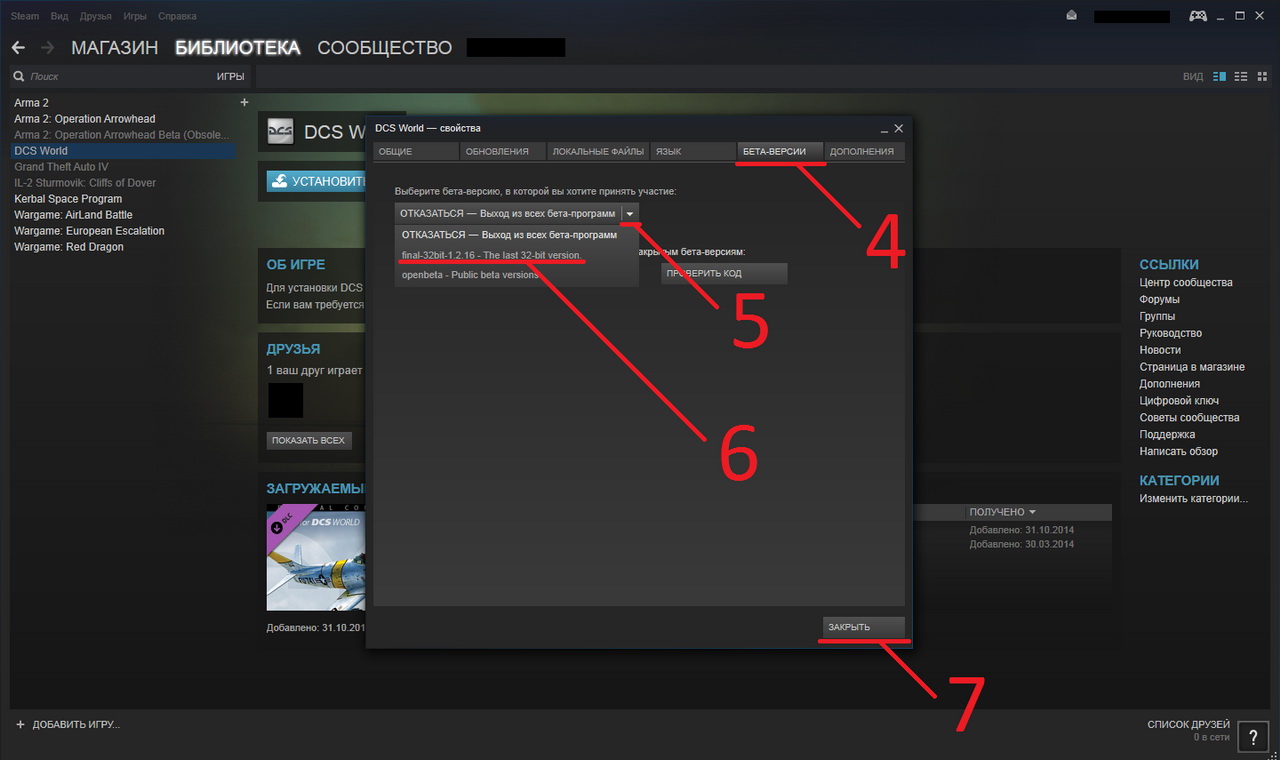

When, you'll have a single option of "Unallocated Space" (size will vary depending on which Steam Deck version you have). You'll need to delete every single one of them by hand. When you get to the part where you select from one of the drives you'll discover Windows can't be installed on ANY of the Steam Deck's eight partitions. You can change this once Windows is done installing. Just turn the Steam Deck 90-degrees clockwise for the installation process. Now it's like any other Windows installation… except it's in portrait mode. You'll also need a USB-C hub with an Ethernet connection, because you're going to need to download the WiFi driver.

However,a mouse and keyboard will make things a bit easier. While the Steam Deck's controls don't work during installation, the touch-screen functionality does work during the entire process. I recommend using a USB hub with a wired keyboard and mouse while you're setting up your Windows installation, but it's not required. Find your USB drive and select it, then boot from there. When you hear the little bloop sound, let go of the Volume and you'll be in the Steam Deck boot manager. Once it's powered off, hold down the Volume down button and push the power button. To access the Steam Deck BIOS, first shut the unit down completely. Plug in your USB drive, either into the hub or the USB-C port on the top of the Steam Deck. Once it's finished, you're ready to install it on the Steam Deck. You're cool to keep doing other tasks while it works: it's doing its thing in the background. It shouldn't take too long, but it mostly depends on the read-write speed of the USB drive and your internet speeds. Once you make your drive selection (in this case, G: (Untitled)), the Windows Media Creation tool will start working its magic, downloading Windows 10 and writing it to the USB in a way that makes it bootable from your Steam Deck (or any other computer for that matter). If it still doesn't show up, you may need to reformat the drive or the drive might be too small, or worse, damaged. If you don't see yours, click that "refresh drive list" option until it pops up. Hit next and it will bring up a list of removable drives. The next step is pretty obvious: select 'USB flash drive.' You need to select Windows 10 in the Edition options on the next screen, because currently Steam Deck doesn't support Windows 11 installations. You're going to want to select "Create installation media (USB flash drive, DVD, or ISO file) for another PC" Once you've downloaded the Windows Media Creation tool, open it up and follow the instructions. You might be able to get away with using a microSD card in a USB adapter, if the Windows tool recognizes it as a USB device. Start by visiting this page (click here) to create a bootable Windows USB. USB-C Hub (optional: with Ethernet port).


 0 kommentar(er)
0 kommentar(er)
